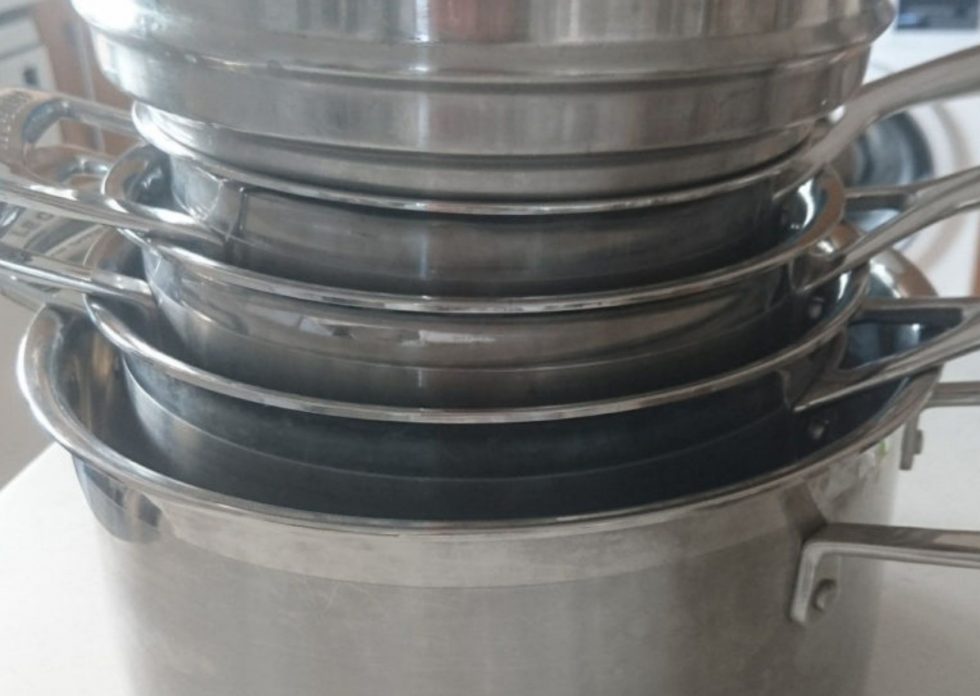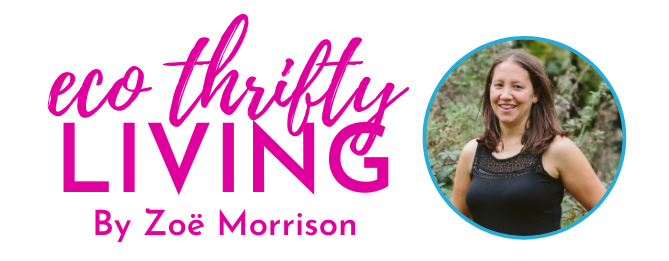
How to choose a saucepan
I first wrote this post several years ago, when I was looking to buy some new saucepans. My saucepans were 10 years old and were scratched and dented. It is best to replace most saucepans when this happens as metals can leach into the food being cooked. I’ve updated this post because I spent quite a bit of time researching how to choose a saucepan and I wanted to explain a bit more about how I did it and why I chose the ones I bought.
This blog post contains affiliate links marked with * and anything you buy through them will help to support the blog as I will get a small commission. Thanks! All opinions are my own and it won’t cost you anything extra to use the links.
When I decided to buy new saucepans, my first thought was to invest in some stainless steel pans. But I spent a while googling saucepans to understand which ones are the safest and most eco-friendly. With so much out there it can be overwhelming to know which cookware is sustainable and will last a long time. Here’s what I found from my research:
How to choose a saucepan?
- Avoid non-stick saucepans that are coated in teflon. Teflon is a type of plastic and you have to be careful not to overheat it when cooking. Personally I would prefer to not have hot plastic coming into contact with my food!
- Look for a saucepan that is long lasting and good quality. This will be more expensive than buying cheap saucepans, but they will last a lot longer. They will cook the food better too.
- A non-reactive saucepan is useful as it means you can cook a wider range of foods in it . Saucepans made from cast iron, unlined copper and aluminum are examples of reactive saucepans. While they are good heat conductors if you cook acidic foods the metal can effect the flavour of your food.
- Stainless steel saucepans are a good option as they evenly conduct heat and don’t have a non stick layer. They are a bit slow to conduct heat though.
- Copper pans are great heat conductors, but they can be expensive to buy. They also can form toxic substances when they come into contact with acids if the saucepan is not lined.
- Aluminum saucepans can discolour and again, give a metallic taste to food if it is unfinished. They are good heat conductors though.
- Glass saucepans are not reactive, but you have to be careful not to chip them. Plus they don’t conduct heat well.
Non-reactive saucepan materials
From my research the best saucepan materials, which are non-toxic and non-reactive, were glass , stainless steel and anodised or covered aluminium. Just make sure they aren’t scratched or dented. Of course they will have an environmental impact because of the materials used and so on, but that is the reason you want to get something that won’t need replacing any time soon. When you are decided how to choose a saucepan, ideally you want to get something that could last your lifetime and beyond.
Why I chose to buy Le Creuset 3 ply saucepans
I decided after doing all the research, that Le Creuset 3 ply Saucepans* ticked all the boxes for me.
They are stainless steel on the outside and aluminium on the inside. They have a non-reactive outside layer with a good conductor on the inside. So you get the best of both worlds. It means that they heat up quicker than stainless steel pans would on their own. They are 3 ply and stronger than one layer of metal, so they will be less likely to dent if dropped.
I also got the Le Creuset 3-Ply Stainless Steel Multi-Steamer* which goes on all three saucepans. The brand has a good reputation and although they are expensive they should last a long time.
Lastly I bought the Le Creuset 3-Ply Stainless Steel Deep Casserole with Lid*. It has a tight fitting lid and is great for using in a thermal cooker. I use it in my Wonderbag all the time. If you want to you could use it in a homemade thermal cooker . A thermal cooker is a slow cooker, which doesn’t use any power.
Again, this saucepan is pricey but buying quality pans will mean not having to re-place it frequently and reducing waste.





